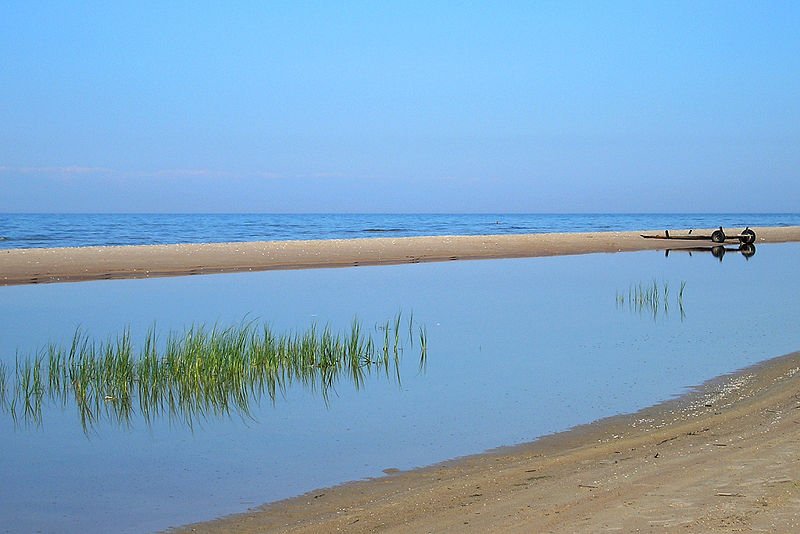 Cape Kolka, Latvia
Cape Kolka, LatviaSource: https://commons.wikimedia.org/wiki/File:Tranquil_blue_(1258425411).jpg
Author: Mar10os

Latvia is a small country in the Baltic region in northern Europe. Covering just 64,589 sq km (24,938 sq mi), it is bordered by Estonia to the north, Russia to the east, Belarus to the southeast, and Lithuania to the south. Latvia has a coastline facing the Gulf of Riga as well as the Baltic Sea.
Latvia is a parliamentary republic headed by a president and a prime minister. Its official language is Latvian. Close to 60% of the population are ethnic Latvian, with ethnic Russians forming the second largest group, at 27.4%. With a population of 2.2 million (2011 estimate), Latvia is the least populous country within the European Union, which it joined on 1 May, 2004. Its population has declined by over 15% since 1991.
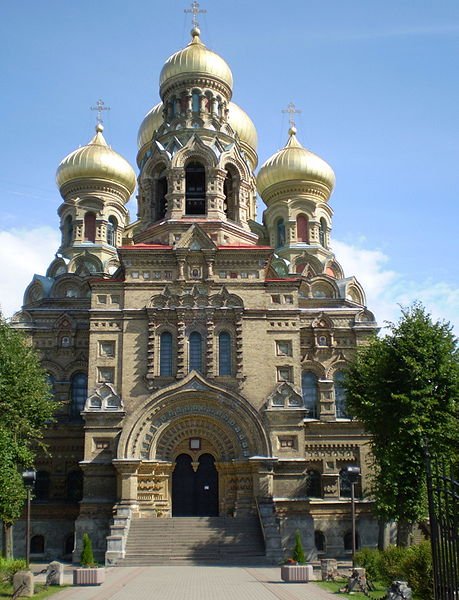 Karosta Orthodox Church, Liepaja, Latvia
Karosta Orthodox Church, Liepaja, LatviaSource: https://commons.wikimedia.org/wiki/File:Karosta_church.JPG
Author: Kulmalukko

Latvia is in the East European Time zone, which is two hours ahead of Coordinated Universal Time (UTC+2) and three hours ahead in summer. Traffic is driven on the right here. The official currency is called Lats (LVL). The phone IDD code is +371. Electricity is 220V/50Hz using European plug.
Latvia enjoyed impressive growth between 1998 and 2006, but was the hardest hit during the global financial crisis of 2008-2010, when its GDP declined by over 26%, to just 49% of the EU average, making it the third poorest member-state of the European Union. Its 2010 nominal GDP is estimated at $23.955 billion, equivalent to a per capita nominal GDP of $10,630. Its per capita GDP at purchasing power parity stood at $13,833.
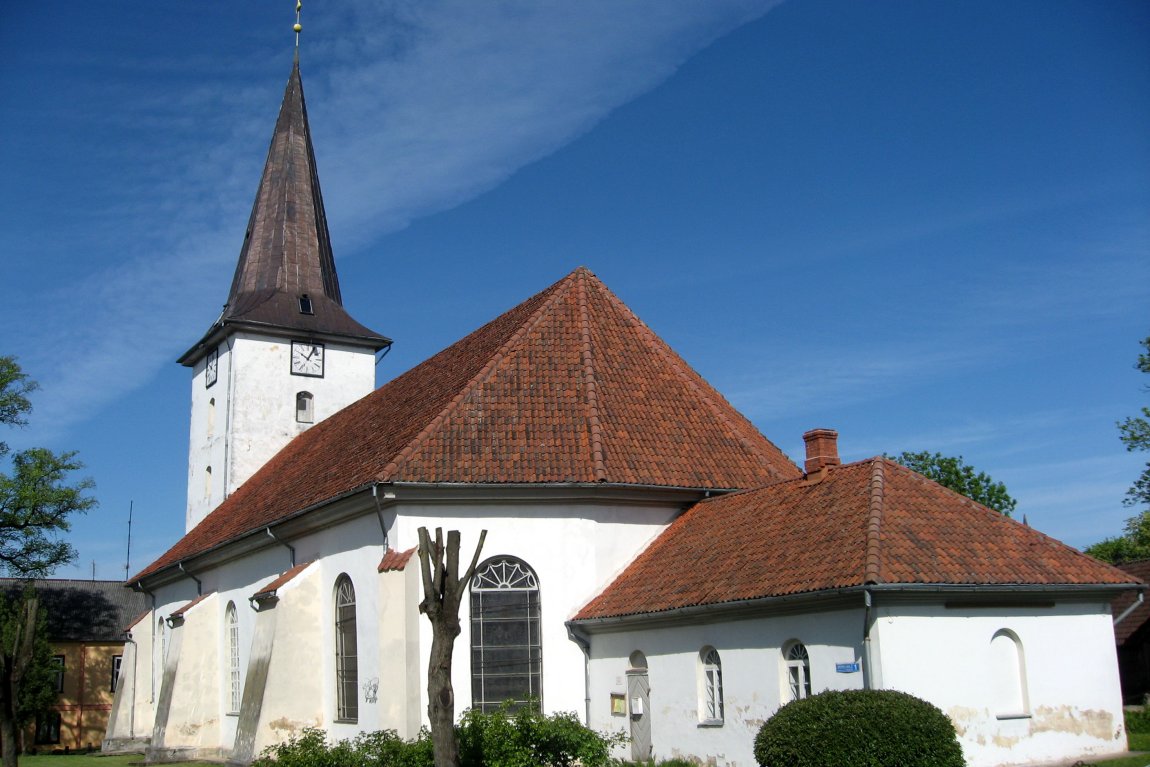 Tukums Lutheran Church, Latvia
Tukums Lutheran Church, LatviaSource: https://commons.wikimedia.org/wiki/File:Tukums,_luter%C3%A1nsk%C3%BD_kostel.jpg
Author: Dezidor

Latvia was part of the Russian Empire from the 18th century right up to 18 November, 1918, when the people of Latvia declared independence and formed a provisional government that was not recognized by Russia. There followed a War of Independence, and by the spring of the following year, there were three different governments claiming to rule Latvia - the government of Karlis Ulmanis elected by the Latvians, the Soviet Latvian government, and the Baltic German government.
Estonians and Latvian forces pushed back the Germans in the Battle of Wenden in June 1919, and the Red Army in early 1920. Latvia's independence was recognized on 26 January 1921.
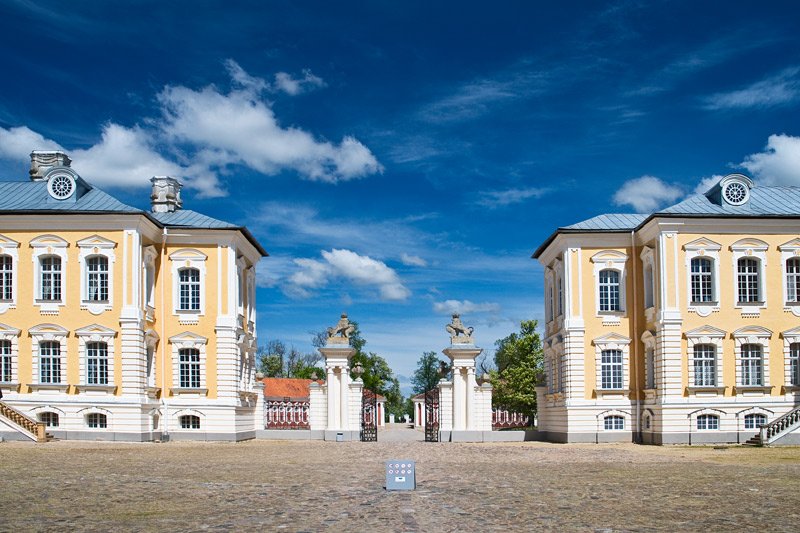 Rundāle Palace, Latvia
Rundāle Palace, LatviaSource: https://commons.wikimedia.org/wiki/File:Rundale.jpg
Author: JaNo Kukucka

On 17 June, 1940, Soviet troops invaded Latvia and by 5 August, 1940, Latvia was incorporated into the Soviet Union as the Latvian Soviet Socialist Republic. During the era following, thousands of Latvians were sent to Soviet concentration camps in Siberia. It was only under the political and economic reforms of Mikhail Gorbachev that the independence of Latvia was restored, with the country renamed the Republic of Latvia on 4 May, 1990.
Planning your visit to Latvia
Latvia is a member of the Schengen Agreement. Visitors from EU and EFTA countries only need an approved ID card to enter the country. There are no border controls with any European Union country (except Bulgaria, Cyprus, Ireland, Romania and the United Kingdom) and with Iceland, Norway and Switzerland.Visitors of non-EU/EFTA countries that do not need a visa include the citizens of Albania, Andorra, Antigua and Barbuda, Argentina, Australia, Bahamas, Barbados, Bosnia and Herzegovina, Brazil, Brunei, Canada, Chile, Costa Rica, Croatia, El Salvador, Guatemala, Honduras, Hong Kong, Israel, Japan, Macau, Malaysia, Mauritius, Mexico, Monaco, New Zealand, Nicaragua, Panama, Paraguay, Saint Kitts and Nevis, San Marino, Seychelles, Singapore, South Korea, Taiwan, United States, Uruguay, Vatican City, and Venezuela.
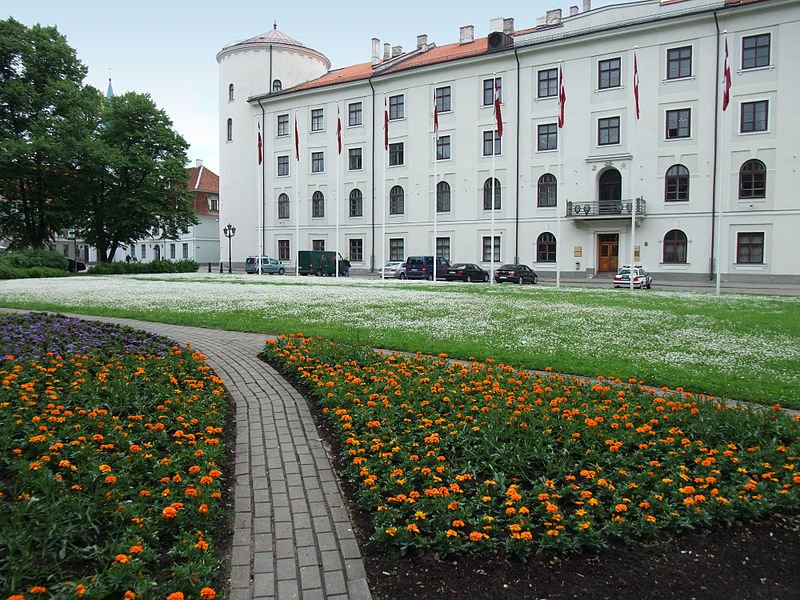 Riga Castle, Latvia
Riga Castle, LatviaSource: https://commons.wikimedia.org/wiki/File:Riga-Schloss02.jpg
Author: Nikater

Riga International Airport (RIX) is now the largest airport in the Baltic states, with flights from 80 destinations in 30 countries. It is also served by a number of low-cost carriers such as Ryanair and WizzAir.
Preparing Money for your trip to Latvia
The currency used in Latvia is the Euro since 1 January, 2014, replacing the Latvian Lat (LVL).Major Cities in Latvia
World Heritage Sites in Latvia
Latvia ratified the World Heritage Convention on 10 January, 1995. As of August 2010, it has two World Heritage Sites, both in the cultural category. Latvia also has another five sites on the World Heritage Tentative List.Sites in Latvia on the World Heritage Tentative List
- Daugavpils Fortress (2005)
- Jurmala town cultural and natural heritage (2005)
- Livs' village "Kosrags" (1996)
- Abava Valley (2005)
- Kuldiga Old City in the Primeval Hollow of the River Venta (2005)
 Latest updates on Penang Travel Tips
Latest updates on Penang Travel Tips

Copyright © 2003-2025 Timothy Tye. All Rights Reserved.

 Go Back
Go Back